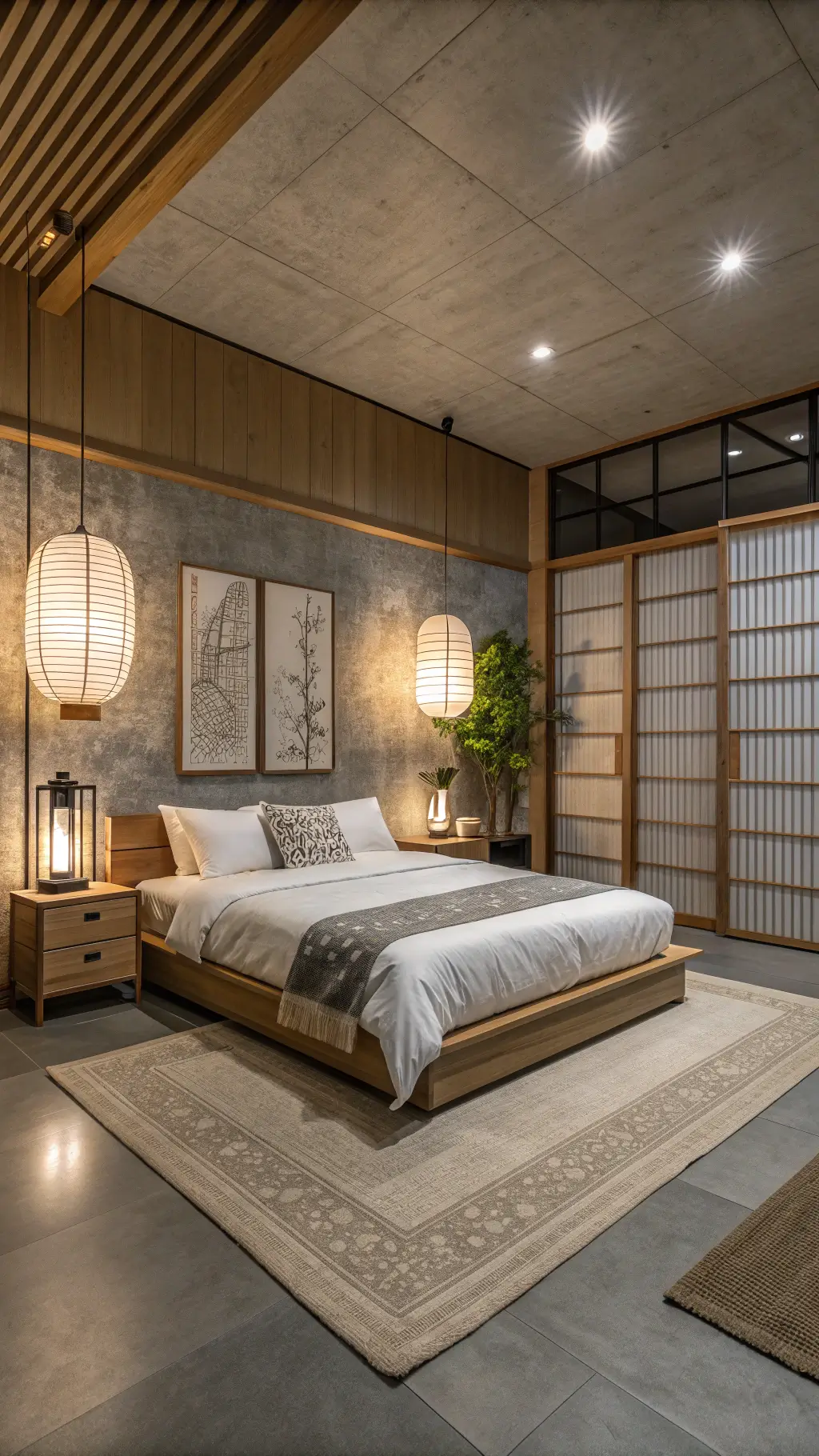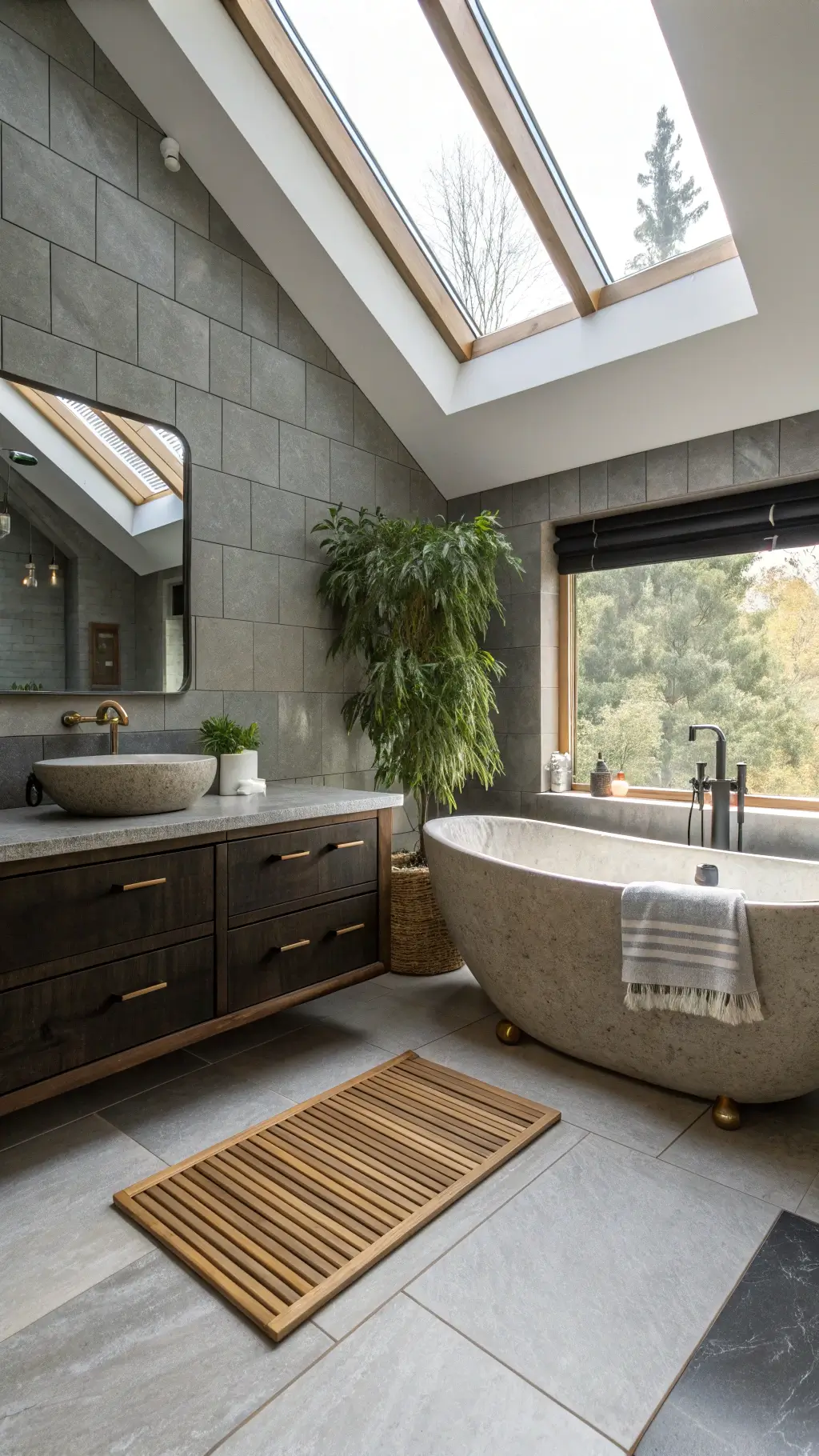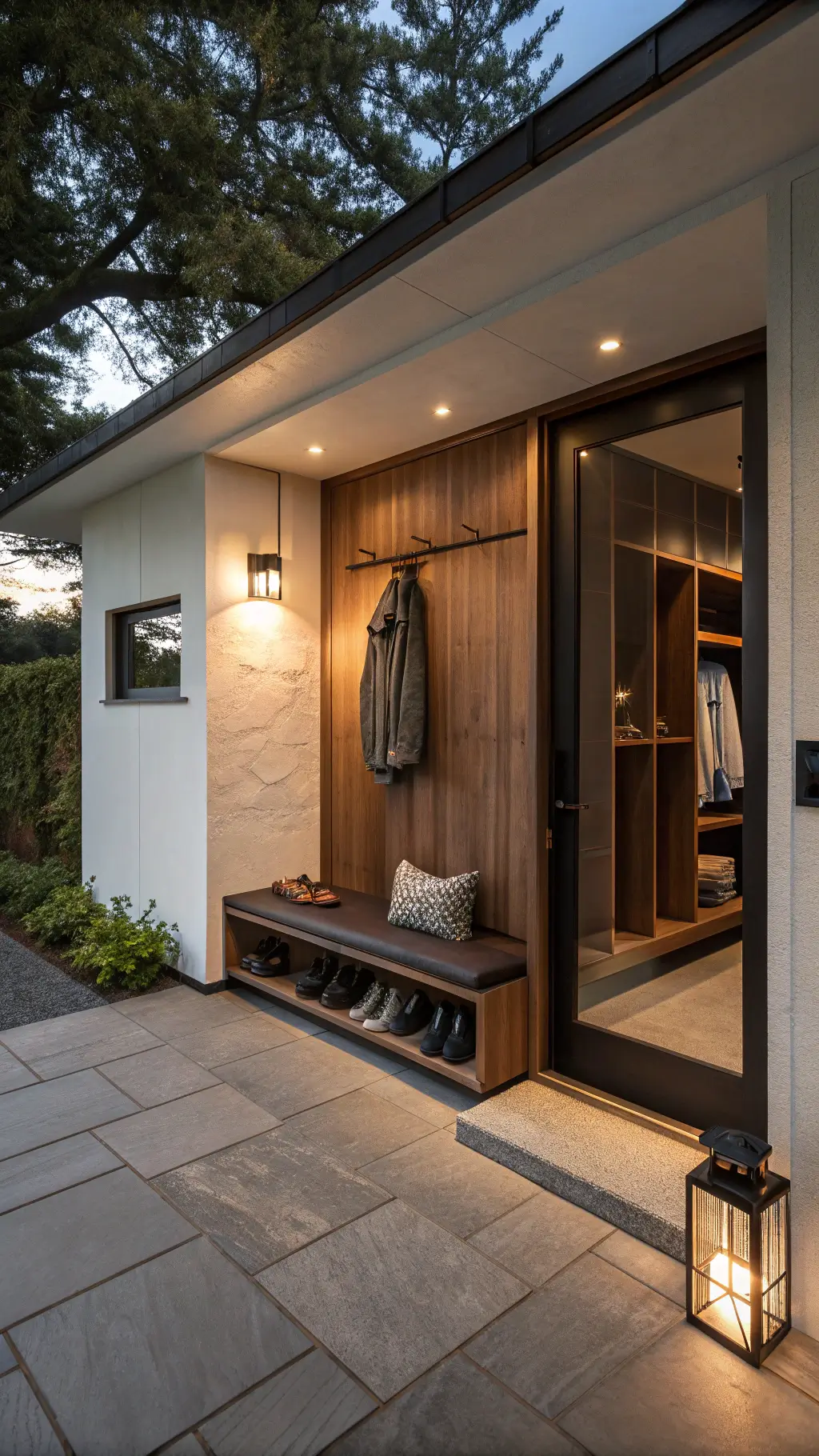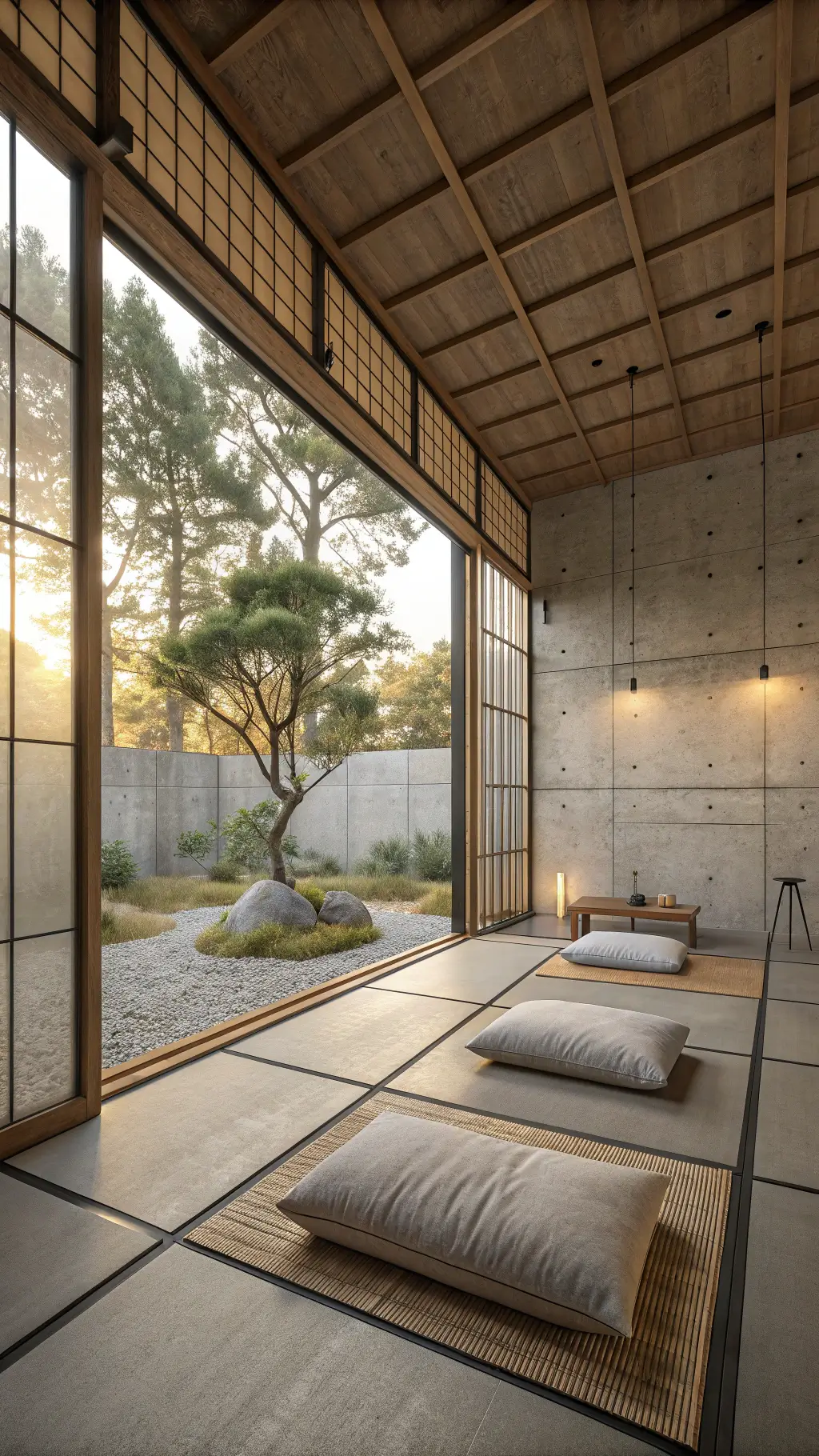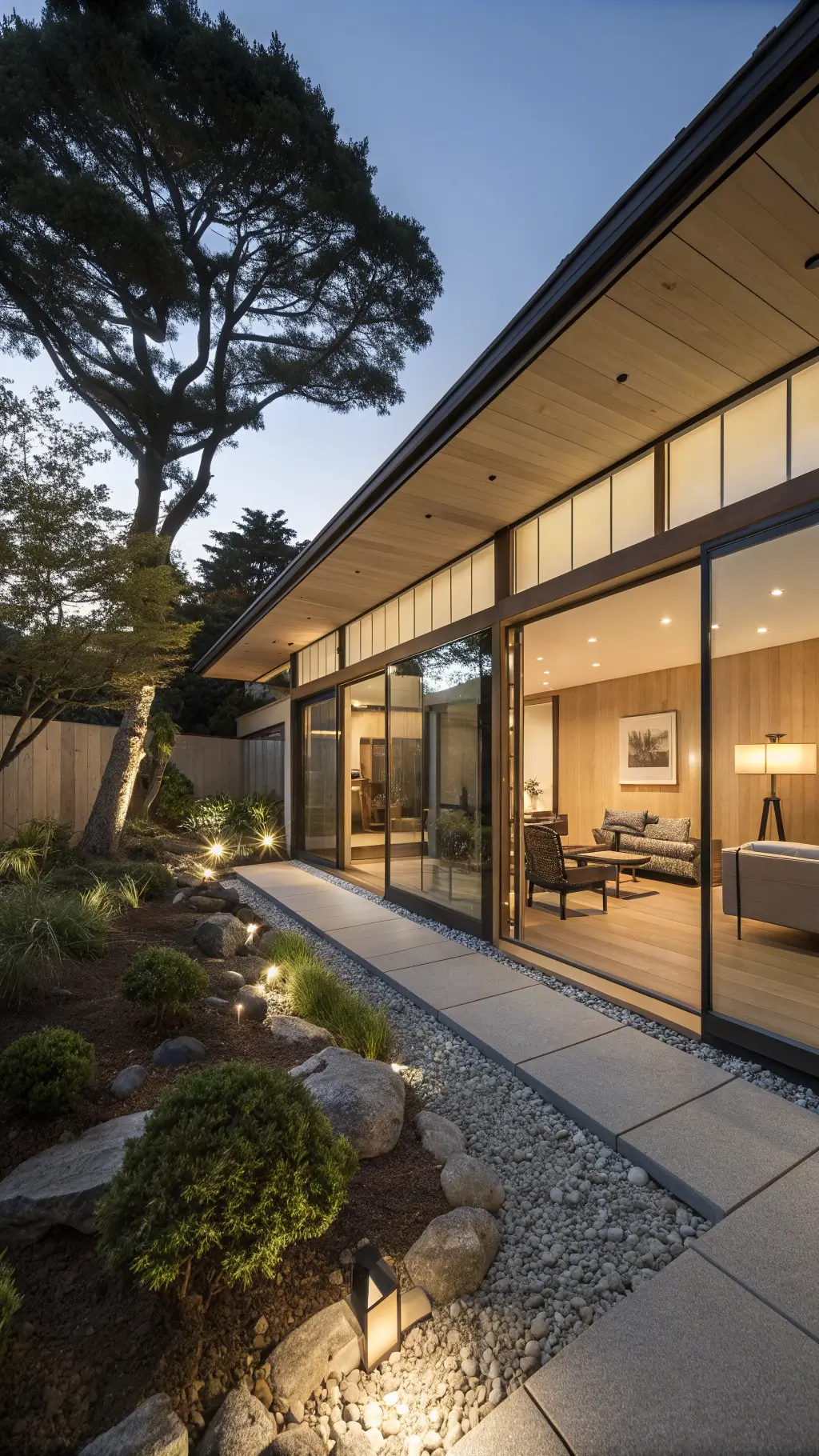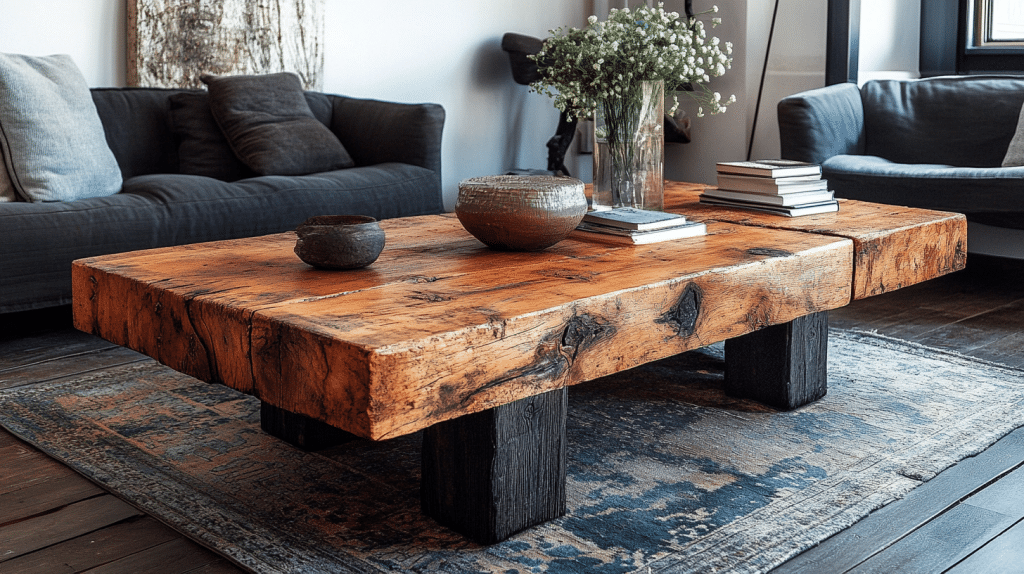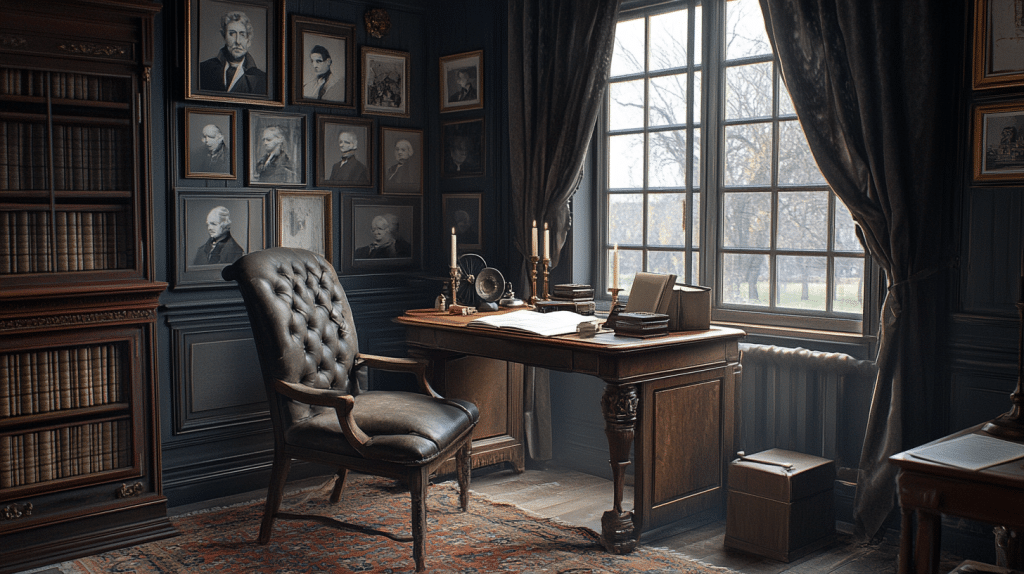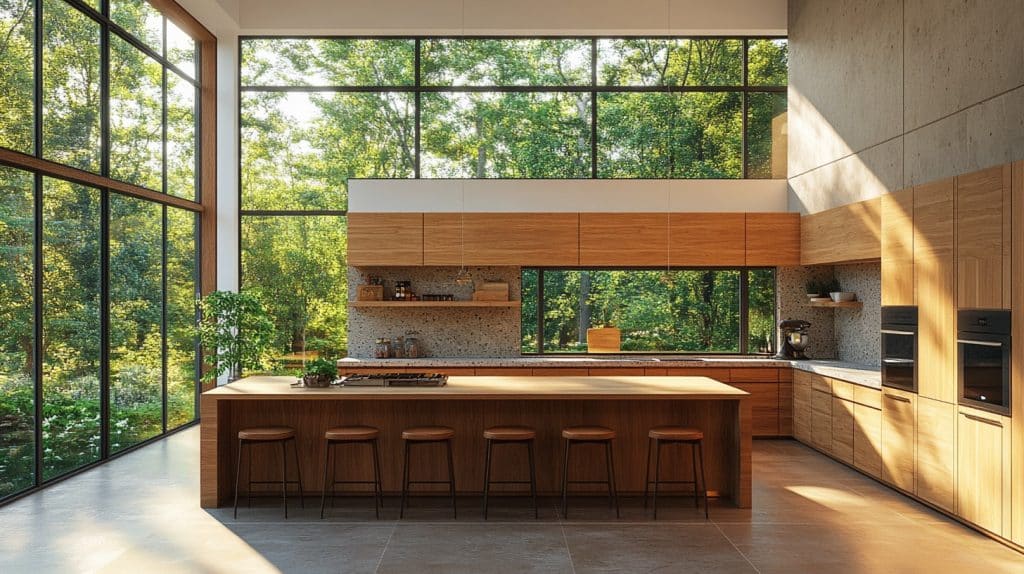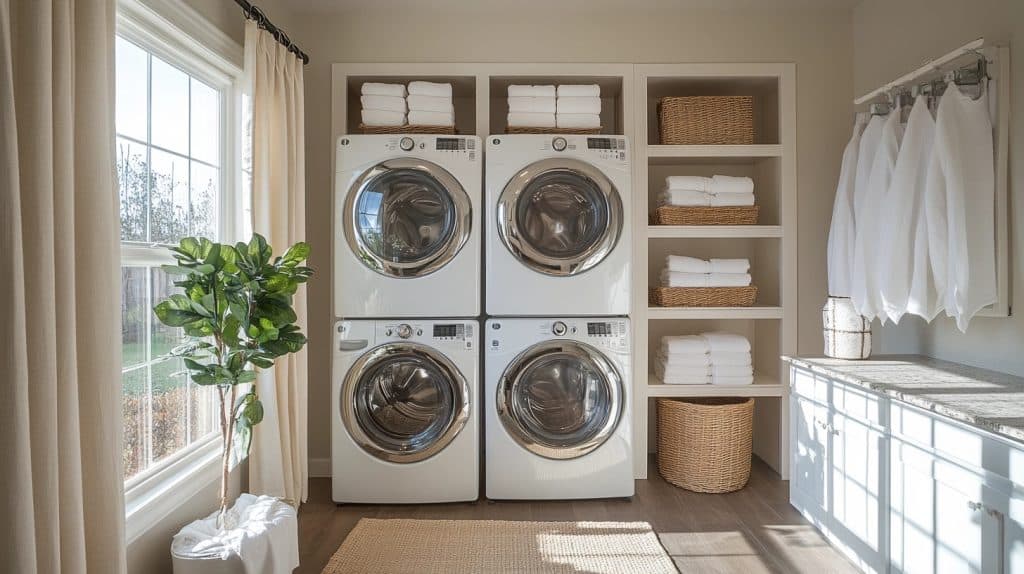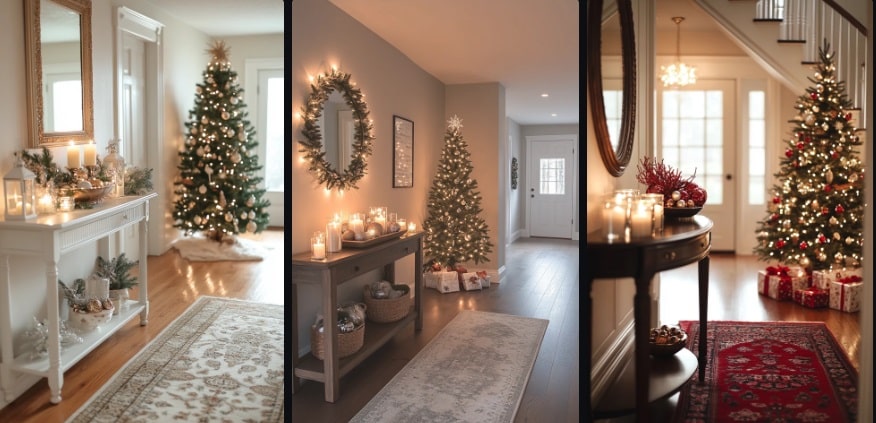What is Japandi Architecture?
Japandi architecture represents a breathtaking fusion of Japanese minimalism and Scandinavian design philosophy.
Think of it as the love child between zen-like tranquility and Nordic practicality.
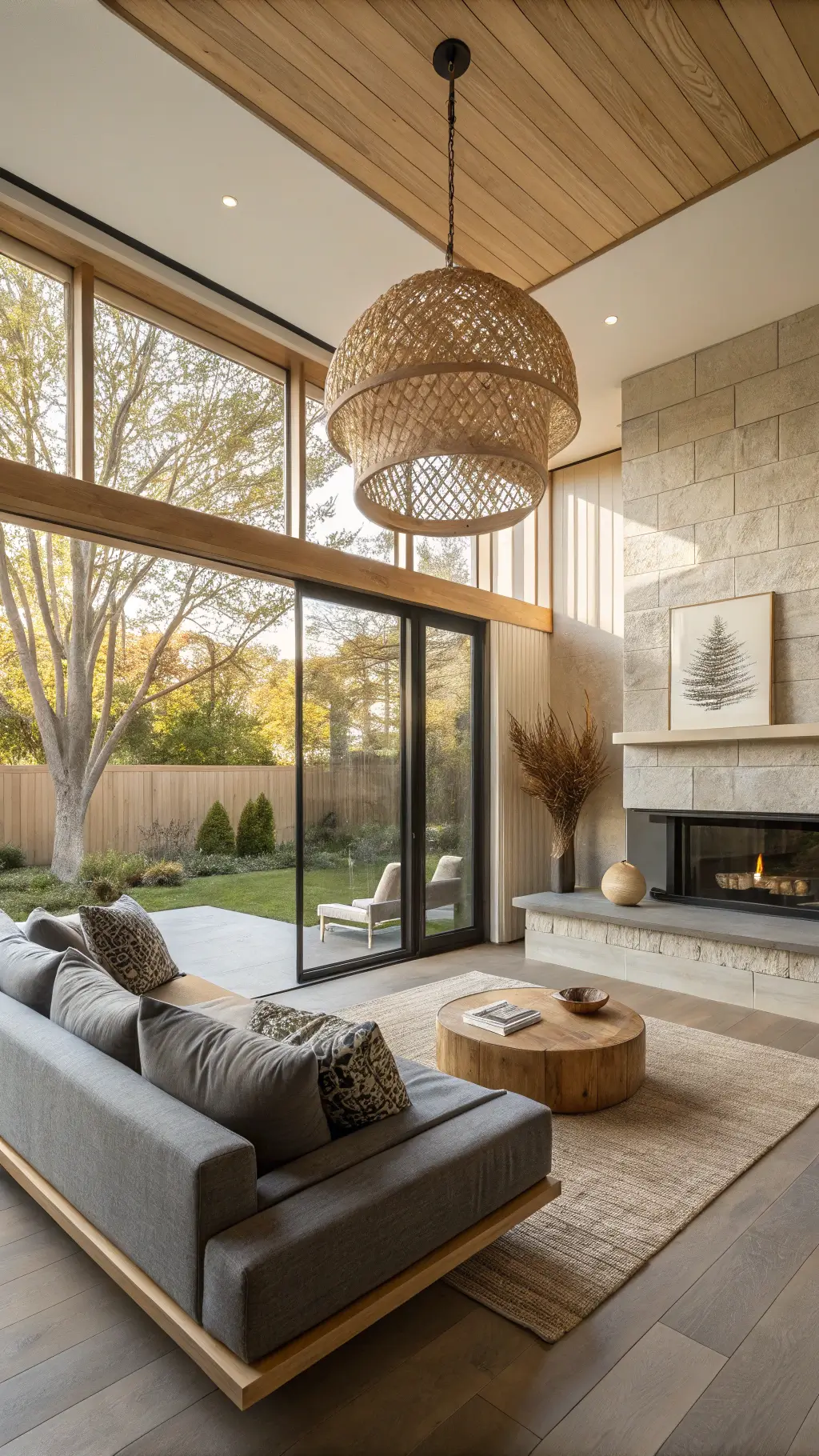
Key Characteristics That Define Japandi
1. Minimalist Elegance
- Ultra-clean lines
- Zero unnecessary decorations
- Every element serves a purpose
- Spaces feel simultaneously expansive and intimate
2. Natural Material Palette
- Warm woods
- Stone textures
- Bamboo accents
- Linen fabrics
- Neutral, earthy color schemes
3. Nature-Integrated Design
Japandi doesn’t just incorporate nature—it becomes nature.
- Large windows blur indoor-outdoor boundaries
- Sliding doors invite natural light
- Inner courtyards transform spaces into living, breathing environments
Design Principles That Make Japandi Unique
- Functionality First: Nothing exists without reason
- Simplicity Rules: Less is definitively more
- Quality Over Quantity: Every piece tells a story
- Emotional Resonance: Spaces should feel like emotional sanctuaries
Practical Implementation Tips
For Exteriors:
- Neutral facade colors
- Minimal architectural ornamentation
- Wood cladding
- Seamless landscape integration
For Interiors:
- Open floor plans
- Handcrafted wooden elements
- Subtle, intentional decorations
- Abundant natural light
- Limited color palette (whites, greys, soft neutrals)
Who Should Consider Japandi?
Japandi isn’t just a design—it’s a lifestyle for:
- Minimalist enthusiasts
- Those seeking calm environments
- Professionals wanting functional spaces
- Individuals valuing intentional living
Cost Considerations
Japandi can range from budget-friendly to luxury:
- DIY modifications: $500 – $2,000
- Professional redesign: $5,000 – $50,000
- Full architectural transformation: $50,000 – $500,000
Common Misconceptions
- ❌ Japandi is cold and sterile
✓ Japandi is warm, intentional, and deeply human - ❌ Requires massive renovations
✓ Can be implemented through strategic, thoughtful changes
Pro Tips for Japandi Beginners
- Start small
- Invest in quality over quantity
- Prioritize natural materials
- Create negative space
- Focus on craftsmanship
Final Thoughts
Japandi architecture isn’t just about creating beautiful spaces.
It’s about crafting environments that nourish the soul, respect functionality, and connect us more deeply with our living environments.
Are you ready to transform your space?

